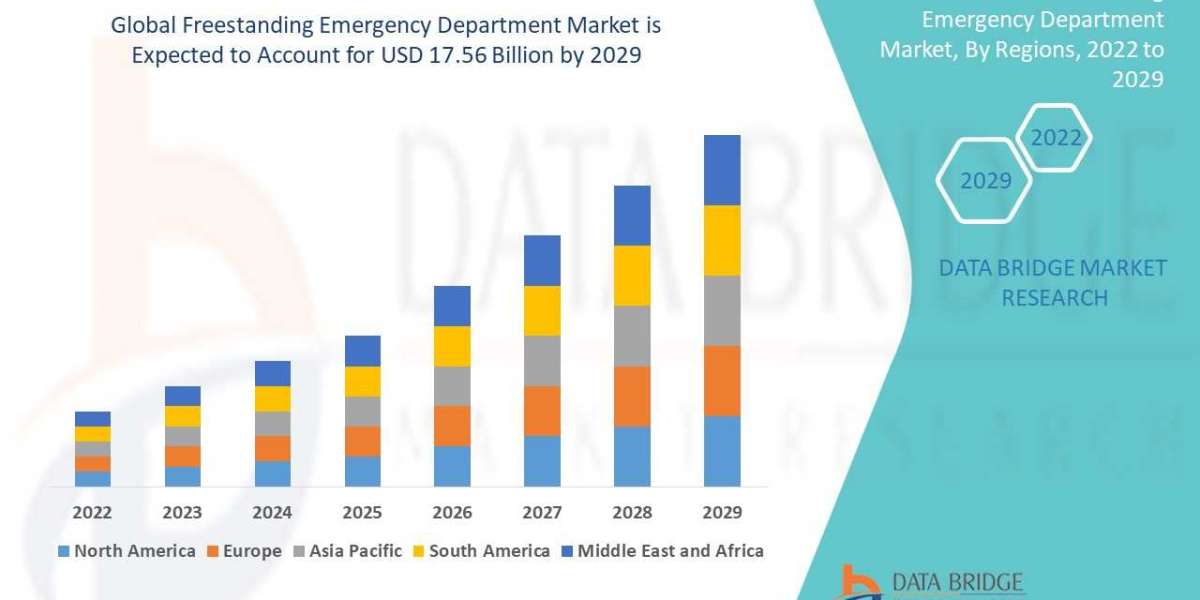In an era where ethical consumerism and sustainability are at the forefront of purchasing decisions, moissanite has emerged as a standout choice in the world of fine jewelry. As consumers become increasingly aware of the environmental and ethical implications of their purchases, there has been a growing shift toward gemstones that are both conflict-free and sustainable. Moissanite, a lab-created gemstone known for its brilliance and durability, checks all the boxes, making it an attractive alternative to traditional diamonds.
What is Moissanite?
Moissanite is a lab-grown gemstone that was first discovered in 1893 by French scientist Henri Moissan. Originally found in a meteor crater, natural moissanite is incredibly rare, which led to the development of lab-created versions. Today, nearly all moissanite is produced in laboratories, where it is crafted to have the same dazzling brilliance as natural diamonds.
Read More: https://www.persistencemarketresearch.com/market-research/moissanite-market.asp
Despite its extraterrestrial origins, moissanite has gained significant popularity on Earth as a top alternative to diamonds. Its affordability, combined with its ethical and sustainable production, has made it a favorite among eco-conscious and socially responsible consumers.
Conflict-Free: Avoiding the Ethical Concerns of Diamond Mining
One of the key reasons moissanite is considered an ethical gemstone is that it is lab-created, eliminating the need for mining. Traditional diamond mining, particularly in conflict zones, has long been associated with severe ethical issues. The term "blood diamonds" or "conflict diamonds" refers to diamonds mined in war-torn areas and sold to finance armed conflict, often at the expense of exploited workers and local communities.
By choosing moissanite, consumers can avoid supporting these unethical practices. Because moissanite is grown in a controlled laboratory environment, it is entirely free from the human rights abuses and environmental degradation that are often linked to diamond mining. This makes moissanite a conflict-free gemstone that provides peace of mind for buyers who want to ensure their jewelry does not contribute to harm.
Environmentally Friendly and Sustainable Production
The sustainability of moissanite is another major factor that sets it apart from mined gemstones. Mining for diamonds and other precious stones can have devastating effects on the environment, including deforestation, soil erosion, water contamination, and loss of biodiversity. Open-pit mining, commonly used for extracting diamonds, often leaves large scars on the landscape and depletes natural resources.
Moissanite, on the other hand, is created in a laboratory setting using advanced technology, which drastically reduces its environmental footprint. Lab-grown gemstones like moissanite do not require the destruction of ecosystems or the extraction of large amounts of earth. This makes moissanite a much more sustainable option for consumers who are concerned about the environmental impact of their purchases.
Additionally, the production of moissanite uses significantly less energy and water than traditional diamond mining. As technology continues to advance, the process of creating moissanite becomes even more efficient, further reducing its environmental impact.
Longevity and Durability
While moissanite is more affordable and sustainable than diamonds, it is also incredibly durable. With a rating of 9.25 on the Mohs hardness scale, moissanite is one of the hardest gemstones available, second only to diamonds. This durability makes moissanite an excellent choice for engagement rings and other fine jewelry that will be worn daily.
Because moissanite is so hard, it is highly resistant to scratching, chipping, and breaking, ensuring that it will last a lifetime. The longevity of moissanite adds to its sustainability, as it reduces the need for consumers to replace their gemstones over time.
Brilliance and Fire
In addition to its ethical and sustainable qualities, moissanite is renowned for its brilliance and fire. Moissanite has a higher refractive index than diamonds, which means it reflects more light and produces more sparkle. Its fire—the dispersion of light into rainbow-like colors—is also greater than that of a diamond, making moissanite a dazzling and eye-catching gemstone.
For consumers who want a gemstone that looks just as stunning as a diamond but comes without the ethical or environmental concerns, moissanite is an ideal choice. Its sparkle and brilliance are often indistinguishable from that of a diamond, allowing consumers to enjoy the beauty of fine jewelry without compromise.
Moissanite vs. Other Ethical Gemstone Alternatives
While there are other ethical alternatives to traditional diamonds, such as lab-grown diamonds and gemstones like sapphires and emeralds, moissanite stands out for its combination of affordability, brilliance, and sustainability.
Lab-Grown Diamonds: Lab-grown diamonds are also an ethical alternative to mined diamonds, offering the same physical properties as natural diamonds. However, they tend to be more expensive than moissanite while offering similar ethical and environmental benefits.
Sapphires and Emeralds: These gemstones are popular alternatives for engagement rings and fine jewelry, but they do not offer the same level of brilliance as moissanite. Additionally, depending on their sourcing, sapphires and emeralds may still be subject to the same mining concerns as diamonds.
Moissanite provides a unique balance of beauty, sustainability, and affordability, making it an increasingly popular choice for consumers who want the best of both worlds.
Growing Popularity Among Conscious Consumers
As awareness around ethical consumption and sustainability grows, moissanite’s popularity continues to rise. Millennials and Gen Z, in particular, are driving the trend toward conflict-free and environmentally friendly jewelry. These generations are more likely to prioritize sustainability and ethical sourcing when making purchasing decisions, and moissanite fits perfectly into these values.
Additionally, the rise of e-commerce and social media has made it easier for consumers to discover moissanite and learn about its ethical benefits. Influencers, celebrities, and jewelry brands have also contributed to moissanite’s growing appeal by highlighting its beauty, affordability, and sustainability.
Conclusion
Moissanite is not only a stunning and durable gemstone but also a conflict-free and sustainable alternative to traditional diamonds. As consumers become more conscious of the ethical and environmental implications of their jewelry purchases, moissanite offers an attractive solution that aligns with modern values. Its lab-created origin ensures that it is free from the ethical concerns associated with diamond mining, while its minimal environmental impact makes it a more sustainable choice.
For those seeking a gemstone that combines brilliance, beauty, and responsibility, moissanite is the perfect choice. As the market for ethical and sustainable jewelry continues to grow, moissanite is set to remain a leading option for conscious consumers who want their jewelry to reflect both their style and their values.








